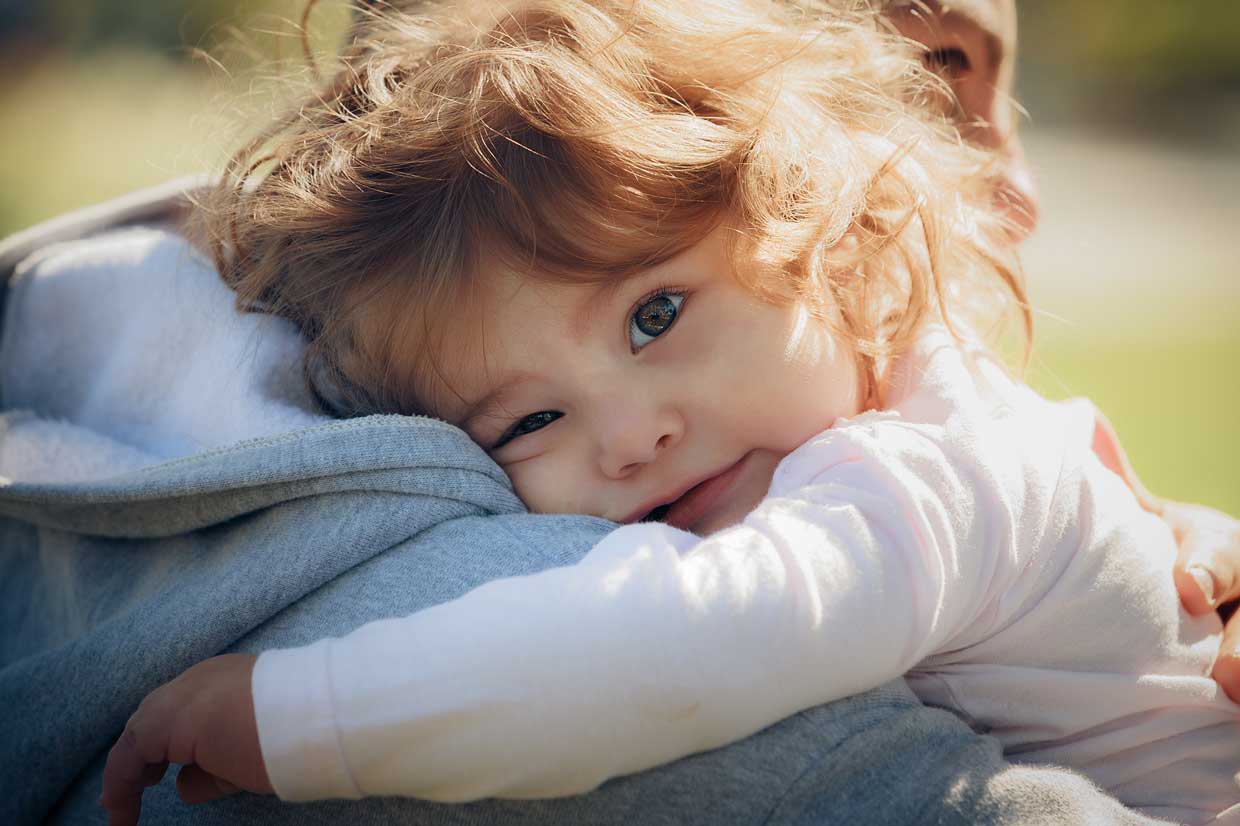Shared Care Arrangements & Children’s Attachment
When can I start having shared care with my baby?
Clients often ask the question, “When can I have equal time with my baby?”. That is, clients want to know, usually after they have had their first child how much time they can spend with their newborn. Usually, it is the father who enquires, because the mother has the child in her care from birth.
We advise when a child is a newborn they need to remain primarily with the mother particularly if the mother is breast feeding. Furthermore, whilst the baby is young, they need to continue to be with one significant person for the majority of the time so they can form an attachment with that person. This person is termed the ‘primary caregiver’. This is strongly supported by current research on the development of children and strongly supported by the Family Court. The reason is, children need to be attached to one significant person in their early life, to firmly establish and reinforce that they are important, and their primary carer is a constant in their life. Children’s attachment relationships form the foundation for their later social, emotional and cognitive development.
Research supports that for optimal attachment with a significant figure, a child needs a consistent, reliable, and responsive caregiver (Cassidy, 2008). When it comes to babies, we often see an attachment is being fostered when the primary caregiver, such as the mother, is cradling or feeding the baby, and there is a strong eye connection between that person and the baby. Newborns may use other body language to show when they are attached to someone, such as smiling, making little noises, or simply looking relaxed (Sansone, 2020). Another form of attachment is when a baby reaches out their arms to their significant caregiver.
Research has identified and also measured the amount of eye contact between the baby and the significant other and has determined this amount of time to be quite extensive (Kuboshita, Fujisawa, Makita et al., 2020). Whilst there are a few different important attachment periods in a child’s life, a positive attachment experience in early life is very important because it forms the basis of self-concept and self-esteem, as well as emotional, social and cognitive development (De Klyen & Greenbery, 2008).
Researchers have found that if this bond is disrupted, such as if the baby is abandoned or left alone for long periods of time without that significant person attending to them, it can lead to strong personality and developmental defects which can lead into their adult life. When a child fails to form normal attachments to their primary caregiver, then they are at risk of developing what is titled a Reactive Attachment Disorder (Brownlee & Norris, 2015). Children with this disorder have trouble managing their emotions and this can lead to poor mental health.
When a child experiences a positive attachment to their primary caregiver, this is known as ‘secure attachment’. Secure attachment allows the baby to learn regulated distress, to promote mental wellbeing. It is important to have a consistent caregiver to help the child develop an organised attachment style.
On the other hand, a baby who does not have sufficient consistency with their primary care giver will develop a disorganised attachment style. This form of attachment is more likely to increase the child’s chances of developing abnormal cognition behaviour over time, which may influence the progression of mental health disorders (McLean, 2010; Zilberstein, 2006).
Attachment experiences with the primary caregiver are important as they lay the foundation for later development in 4 main areas (De Klyen & Greenberg; 2008):
· Cognitive development;
· Emotional regulation;
· Exploratory play and other socialisation behaviours; and
· Pre-social orientation towards others.
This does not mean that you will not form a bond with your child if you are not the primary carer, for example if you are the father. The above attachment we have discussed is different from a love bond with your child. It simply means, according to psychology, it is best for the child to have a significant person to whom they form their primary attachment with, but this doesn’t mean the child cannot form a love bond with other family members.
Whilst the mother may bond with the child by skin-to-skin contact immediately after birth, breast or bottle feeding and smell, fathers have their own special activities they share with their child as they grow. For example, if you do spend some small time with your young child, you can bond with them by reading or singing to your baby, giving them a bath and mimicking their cooing and other noises.
We are aware that when it comes to Aboriginal and Torres Strait Islander families, it may be best to look beyond the traditional western family arrangement.
It is therefore important for the other person in the relationship, such as other parent, grandparent, or guardian, to recognise the important of the primary caregiver attachment and not insist on having the child more in their life, as this disrupts the attachment period. Research shows this period can last for a significant period of time and even spending time overnight may not be in the babies’ best interests.
So, the answer to when can my child spend significant or shared care with me, depends on each individual case. For instance, some children are more placid and easier going and are happy to spend overnight time when they reach the age of 2 years, with this time progressing as they grow older. Some children are more anxious and do not like to spend time away from their significant carer, so we must allow the child to adapt as to minimise their distress. Some children may not cope with overnight time until they are 3 or 4 years of age, or perhaps even older. It really depends on each unique child.
A simple analogy is that it is about your child. We understand it is about you too, but in the big scheme of things if you are really concerned and love your child, you will want what is best for your child. When it comes to separation between parents, it is best to be patient and allow the child to grow into the change in their own unique way rather than what you deem is best for yourself.
Naturally, you will want to spend as much time as possible with your child, but your bests interests may not be in the bests interest of the child. You will find the Family Court is based on the best interests of the child for this reason. The best interest of the child is not what the parents deem as best for themselves, and the Family Court’s role is to remind them of the above principle. Time spent with your child is based upon the unique circumstances of yourself, your support network, and the child, and this takes into account the developmental stage and age of the child. It’s important to understand the best interest’s principle and not insist on what you think is right for you personally, as this may cause long term emotional difficulties for the child.
Here at West Coast Legal, we have a friendly team of affordable Perth Family lawyers who can help you in regard to your children’s living, sleeping and general custody arrangements. We have assisted clients all across Western Australia from Joondalup, to Claremont, Booragoon and even Busselton
If you would like advice on the above, please do not hesitate to contact West Coast Legal Family Lawyers on 08 9325 3334, or send us an email at reception@westcoastlegal.com.au
Bibliography
- Cassidy , J. (2008). The nature of a child’s tie.
- Sansone, A. (2020). Mothers, babies and their body language.
- Kuboshita, R., Fujisawa, T.X., Makita, K. et al. (2020). Intrinsic brain activity associated with eye gaze during mother–child interaction.
- De Klyen, M., & Greenberg, M.T. (2008) Attachment and psychopathology in childhood.
- Brownlee, F., & Norris, L. (2015) Promoting Attachment With A Wiggle, Giggle, Hug and Tickle.
- McLean, S. (2010) The Challenging behaviour in out-of-home care: Use of attachment ideas in practice.
- Zilberstien, K. (2006). Clarifying core characteristics of attachment disorders: A review of current research and theory.



